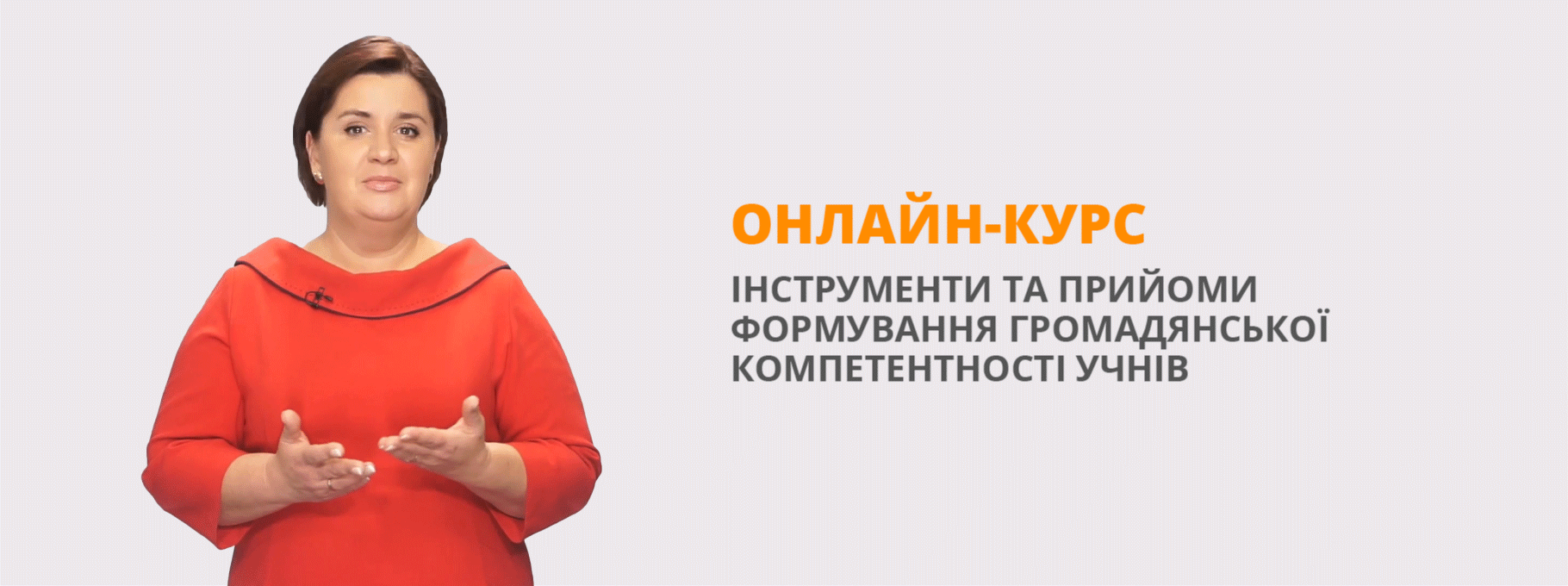Nature and the Environment (Karpiuk 9 p.146-149)
The polar bear is a/an __________ species, and we need to ________ its habitat.
Recycling helps to __________ waste and _______ valuable resources.
1. Cutting down trees has no impact on the environment. (True/False)
2. Plastic bottles can be recycled to reduce environmental impact. (True/False)
3. Conserving water at home is unnecessary because water is an infinite resource. (True/False)
4. Throwing plastic rubbish into the ocean has no effect for marine life. (True/False)
Which statement is about climate change? (more than 1 answer)
a. Things, like chemicals or waste, get into the air, water, or soil, making it dirty and dangerous for people and nature.
b. The process of collecting and changing old paper, glass, plastic, etc. so that it can be used again.
c. The place where a particular type of animal or plant is normally found.
d. Using an item or material again instead of throwing it away
e. Keeping things safe, and the population is all the people living in an area.
Fill in the blanks with the correct form of the given verbs:
I promise I __________ on the flowers in the garden. (step)
She __________ the news about the environmental project last week. (find out)
It's good __________ our waste to help keep the environment clean. (recycle)
Fill in the blanks with the correct form of the given verbs:
1. Please don't __________ plastic bottles; use a recycling bin instead. (throw away)
2. Cutting down trees can __________ the homes of various wildlife species. (destroy)
3. Climate change poses a __________ to ecosystems and human well-being. (danger)
The ______ in the ocean harms marine life and damages ecosystems.
It's essential to conserve ______ and use them wisely during droughts.
The _______ to care for the planet and make eco-friendly choices lies in being environmentally conscious consumers.
Which sentence isn't true?
a. Plants make fresh air when they get sunlight, which is good for the air we breathe.
b. Saving water by fixing leaks and not wasting it helps keep rivers and lakes healthy.
c. Reusing paper means we don't have to cut down many trees, which is good for the forests.
d. Climate change has no impact on global weather patterns and ecosystems; it is a natural and harmless occurrence.
e. Some animals are in danger of disappearing because people are destroying where they live.
Read the text and find out which statement is not an idea stated in the text:
Our planet faces various environmental challenges that impact the well-being of both nature and humans. Pollution, deforestation, and climate change are among the pressing issues threatening ecosystems. Pollution, caused by harmful substances in the air, water, and soil, poses a danger to wildlife and human health. Deforestation, the extensive cutting down of trees, leads to habitat loss, affecting numerous plant and animal species. Climate change results in long-term alterations in global weather patterns, creating risks such as extreme weather events and rising temperatures.
Recycling can be explained like this except:
а) Recycling is the process of collecting, processing, and turning used materials into new products. It helps reduce waste, conserve resources, and minimize environmental impact.
b) Recycling involves taking materials like paper, plastic, glass, and metal and turning them into new products instead of throwing them away. It's an essential practice for sustainable living.
c) Recycling is an eco-friendly approach that aims to reuse materials to create new items. It plays a crucial role in conserving natural resources, reducing energy consumption, and mitigating environmental pollution.
d) Recycling is the practice of throwing away used materials without impacting the environment because there are plenty of resources available to produce new products.
What can't be recycled?

Створюйте онлайн-тести
для контролю знань і залучення учнів
до активної роботи у класі та вдома


















